Paraffin wax in cosmetic industries
Paraffin wax in cosmetic industries
Paraffin waxes in cosmetics industry are using in the last century. Initially raw materials of cosmetics were vegetable or animal origin were solely used for such purposes. Only later did petroleum products make their entrance into the cosmetics industry and find general acceptance. The following petroleum products are in use for cosmetic purposes : Vaseline oil, Vaseline, macro- and micro crystalline paraffin waxes. Macro- and Micro crystalline paraffin waxes make a significant difference to the resistance to mechanical impact, hardness and softening point properties of cosmetic preparations. Micro crystalline paraffin waxes are tougher than macro crystalline waxes, they exhibit plastic flow under the effect of compression, while macro crystalline waxes have higher compression strength. Since the solvent and oil uptake capacity of micro crystalline paraffin waxes are very high, increasing oil content usually results in higher plasticity.
Vaselines are important constituents in a large sector of cosmetic products. With regard to their origin, Vaselines are natural Vaselines, so-called slack wax Vaselines or artificial Vaselines. Natural Vaselines are obtained from the distillation residues of petroleum by direct treatment with bleaching earth, or by refining with sulfuric acid and bleaching earth. Alternative processes are De-asphalting of the residue followed by bleaching, or refining with sulfuric acid and bleaching. Slack wax Vaselines are manufactured from paraffin slack waxes or petrolatum. Artificial Vaselines are blends of Vaseline oils and macro- or micro crystalline paraffin waxes. The use of Vaselines can be regarded as an indirect use of macro crystalline, and, especially intermediate and micro crystalline paraffin waxes.
(a) Paraffin wax in Solid perfumes
Paraffin waxes are used in the manufacture of fatty solid perfumes. Solid perfumes are used to scent the surface of the skin. Those having a higher alcohol content also have a refreshing effect that can be increased by menthol. The two main types of solid perfumes are fatty and alcoholic perfumes, the latter containing more than 75 wt- % alcohol.
(b) Paraffin Wax in Cosmetic creams
Vaseline and Vaseline oil are main ingredient of Cosmetic creams. They are paste-like preparations used for skin care of the face and hands. The type as so-called dry, semi-fatty and fatty creams. They are usually prepared on a stearate base. In addition to stearic acid derivatives they contain relatively high amounts of petroleum products (Vaseline, Vaseline oil), fatty alcohols (e.g. acetyl alcohol) and multi functional alcohols (e.g. glycerol). Fatty creams contain less water and more fatty substances, waxes, fatty alcohols and petroleum products. In summer and winter varieties of these creams also exist: within a given formulation these varieties are prepared by changing the oil content (e.g. Vaseline oil) and the content of solid or semi-solid components (e.g. Vaseline, paraffin wax). Cleansing creams belong to the group of fatty creams. They are primarily intended for persons with sensitive skins, to cleanse the facial skin. Anhydrous cleansing creams contain higher amounts of paraffin waxes, Vaseline and Vaseline oil. Homogeneous creams can be prepared best by using micro crystalline paraffin micro crystalline, since they retain oil at the temperature of application. Cold creams belong to the fatty or semi-fatty type, depending on fat content. These are aqueous emulsions with a cooling effect on the skin. Of the petroleum products, cold creams use greater quantities of Vaseline oil and Vaseline, but lesser amounts of paraffin waxes, with a substantially higher water content than that of the fatty creams. In contrast to fatty creams they do not leave behind an oily, fatty film on the skin. They can readily be removed from the skin with pure water.
Baby creams also contain substantial amounts of Vaseline and Vaseline oil. Their composition resembles that of cleansing creams. Sport creams belong to the semi-fatty group. They are aqueous emulsions containing substantial amounts of petroleum products.
(c) Paraffin Wax in Beauty masks
The main objective of beauty masks is to relax the tissues of the face and enhance blood circulation.
(d) Paraffin Wax in Protective creams for industrial workers
Protective creams are being used in many branches of industry, especially to protect the skin on the hands and arms of the workers against harm caused by various chemical and physical effects. Most of the protective creams are based on Vaseline, but some of them also contain macro crystalline paraffin waxes.
(e) Paraffin Wax in Facial care and beauty products
Cosmetic preparations for facial care, e.g. to soften dry, parched lips are made of natural and synthetic waxes, fats, fatty alcohols, Vaseline and sincerer. The most important starting materials for the manufacture of lipsticks are various natural and synthetic waxes, fats, fatty alcohols, Vaselines, paraffin waxes and dyes. Mechanical strength of the lipstick is achieved by using waxes and
Micro crystalline paraffin waxes with higher melting points. Among natural waxes, bees-wax is typical of the kind used in almost all types of lipstick, owing to its plasticity. Among petroleum products, high-melting micro crystalline paraffin waxes raise the strength and softening point of the lipstick, but are rarely used in amounts exceeding 15 wt-%, because they tarnish the gloss of the surface. The use for macro crystalline paraffin waxes is limited, due to their causing a granular structure. Vaseline increases gloss and is of importance for the consistency of the product. It is, however, easily wiped off from the lips. Vaseline is usually present in concentrations of 20 to 35 wt-%. The effect of vaseline oil is very similar to that of Vaseline. In addition, it improves uniform spreading of the lipstick. Excess amounts of both Vaseline and Vaseline oil result in low-melting, soft lipsticks. The melting point of lipsticks varies between 45 and 65 “C. Lower-melting types spread better, while contours are easier to draw with the higher-melting lipsticks.This particular one is characterized by its high paraffin wax content. Face make-up is manufactured from the same raw materials as lipsticks. The main requirement is easy and uniform spreading, so that they contain higher
(f) Paraffin Wax in Hair preparations
Among cosmetic preparations for hair, solid brilliantine and hair pomades utilize significant amounts of paraffin waxes and Vaseline, the higher percentages being found in the latter.
(g) Paraffin Wax in Anti-perspirants
A perspiration-reducing and deodorant product containing relatively high percentages of paraffin wax and Vaseline

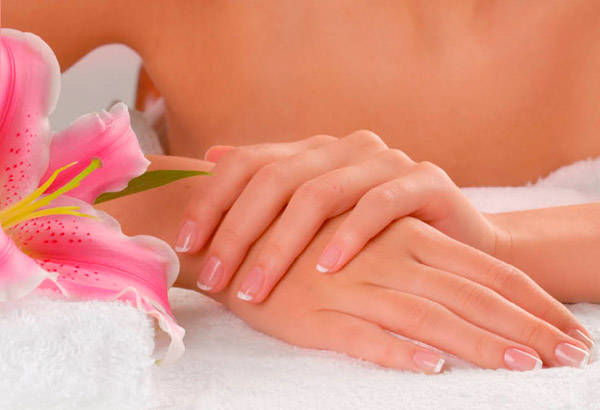
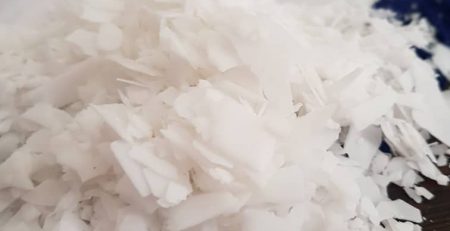
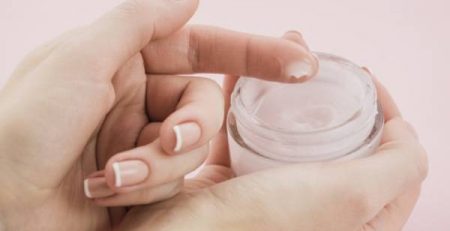
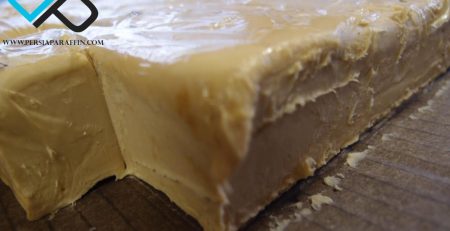
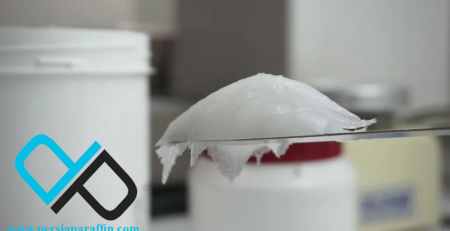
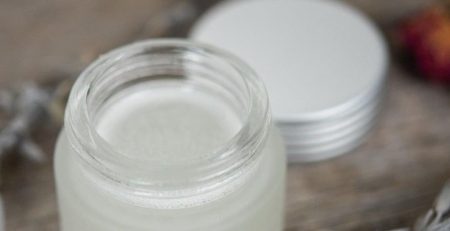
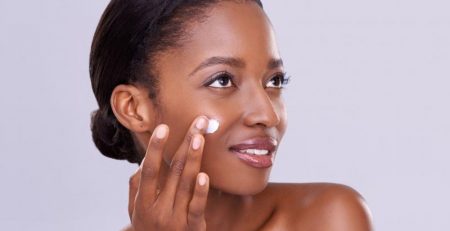
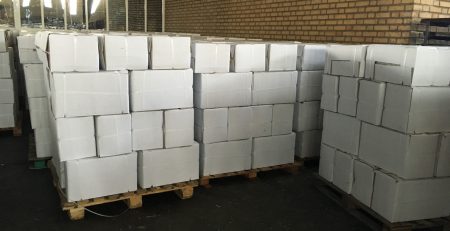

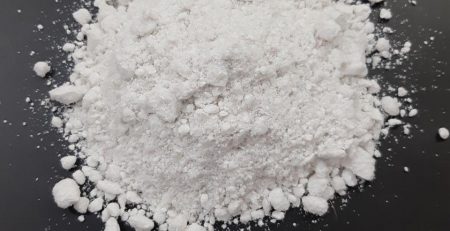

Leave a Reply
You must be logged in to post a comment.